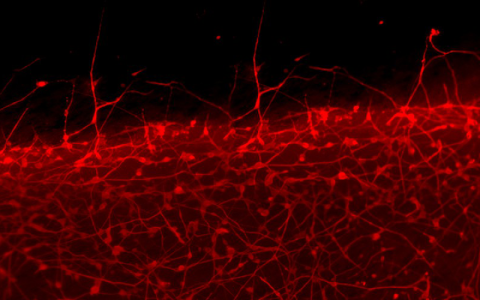When you think about the founders of computing you may think Alan Turing, you may even think Charles Babbage. But you should definitely think about Ada Lovelace. Ada is not only the link between Babbage and Turing, but a woman of fierce originality and intellectual interests whose ideas went beyond Babbage’s ideas of computers as manipulating numbers, and focused on their creative possibilities and their limits, the very issues with which we are wrestling today.
In 2015 the University of Oxford will celebrate the 200th anniversary of Ada’s birth. The centrepiece of the celebrations will be a display at the University of Oxford’s Bodleian Library (13 October – 18 December 2015) and a Symposium (9 and 10 December 2015), presenting Lovelace’s life and work, and contemporary thinking on computing and artificial intelligence.
Ada, Countess of Lovelace (1815–1852), is best known for her remarkable article about Charles Babbage’s unbuilt computer, the Analytical Engine. The article presented the first documented computer program, to calculate the Bernoulli numbers, and explained the ideas underlying Babbage’s machine – and every one of the billions of computers and computer programs in use today. Her contribution was highlighted in one of Alan Turing’s most famous papers ‘Can a machine think?’ Lovelace had wide scientific and intellectual interests and studied with scientist Mary Somerville, and with Augustus De Morgan, a leading mathematician and pioneer in logic and algebra.
The display, in the Bodleian’s new Weston Library, will offer a chance to see Lovelace’s correspondence with Babbage and De Morgan, and her childhood exercises and mathematical notes. It features a remarkable new discovery in the archives - Lovelace and Babbage working together on magic squares and network algorithms – the dawn of “computational thinking.”
The Symposium, on 9th and 10th December 2015, is aimed at a broad audience interested in the history and culture of mathematics and computer science, presenting current scholarship on Lovelace’s life and work, and linking her ideas to contemporary thinking about computing and artificial intelligence. It is a truly interdisciplinary event, and confirmed speakers so far include Lovelace’s direct descendant the Earl of Lytton, Lovelace biographer Betty Toole, computer historian Doron Swade, historian Richard Holmes, computer scientist Moshe Vardi and graphic novelist Sydney Padua. Oxford researchers Christopher Hollings and Ursula Martin will present their new research on Lovelace’s mathematics.
Oxford has a remarkable history of programming research, with two winners of the ACM A M Turing Award, the Nobel Prize for Computer Science, and the unique breadth and depth of Oxford’s expertise brings a variety of perspectives to understanding Lovelace and the remarkable intellectual community around her, visionaries whose ideas underpin modern computing.
For more details about the celebrations: http://blogs.bodleian.ox.ac.uk/adalovelace
Twitter: #lovelaceoxford
Image reproduced by permission of Pollinger Limited (www.pollingerltd.com) on behalf of the estate of Ada Lovelace.
You may also be interested in a BBC4 film about the life of Ada Lovelace, to be broadcast at 9pm on 17 September www.bbc.co.uk/programmes/p030s5bx and Radio 4 will feature readings from Lovelace’s letters at 11 am on 14 and 21 September.











